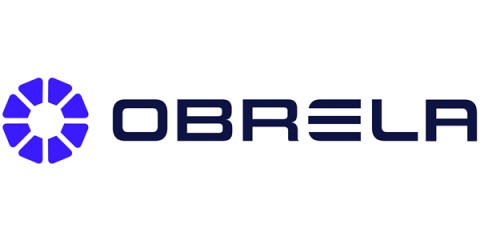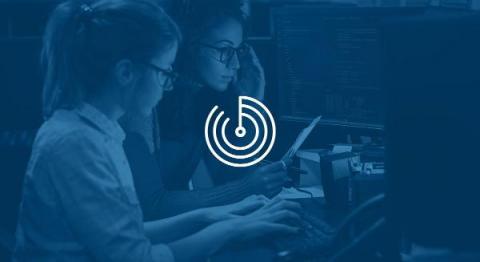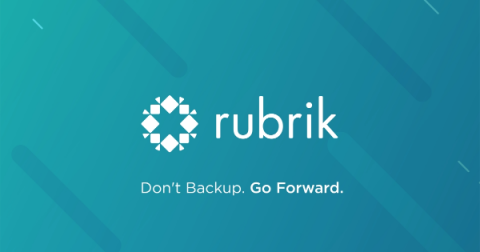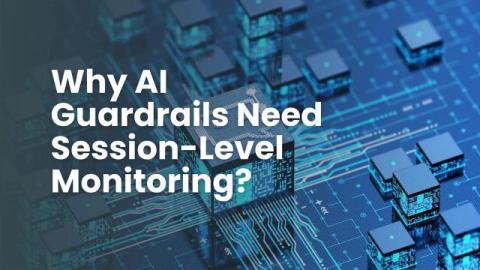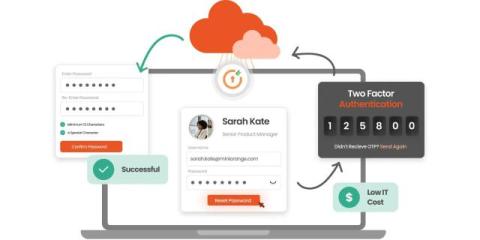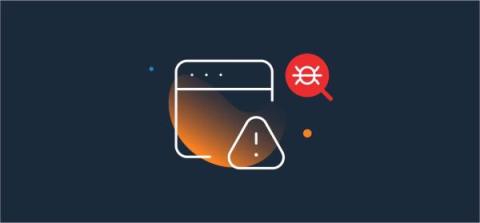What is a WAF (Web Application Firewall)? How does it Work?
As organizations are increasingly relying on web applications, securing them is vital. A Web Application Firewall (WAF) plays a critical role in protecting web apps by filtering and monitoring HTTP traffic between the application and the internet. Unlike traditional firewalls, which safeguard internal networks, a WAF focuses on protecting web applications from threats such as SQL injection, cross-site scripting (XSS) and other vulnerabilities.


